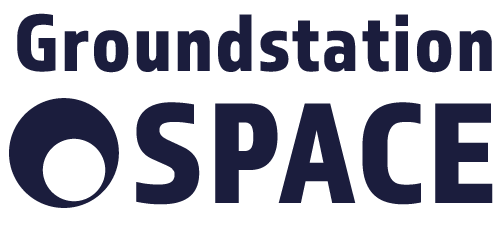More efficient and effective multimodal freight transport nodes to increase flexibility, service visibility and reduce the average cost of freight transport
Introduction
Europe needs to manage the transformation of supply-based transport into safe, resilient and sustainable transport and demand-driven, smart mobility services for passengers and goods. Suitable research and innovation will enable significant safety, environmental, economic and social benefits by reducing accidents caused by human error, decreasing traffic congestion, reducing energy consumption and emissions of vehicles, increasing efficiency and productivity of freight transport operations. To succeed in this transformation, Europe’s ageing (and not always sustainable) transport infrastructure needs to be prepared for enabling cleaner and smarter operations.
Scope
– More efficient, effective and sustainable management of goods and freight flows in (air)ports and inland terminals, taking into account all costs (economic, social and environmental) of the proposed solutions/innovations, including externalities and possible rebound effects.
– Expanded throughput of the nodes thanks to increased operational efficiency and optimised use of assets and infrastructures, without expanding the physical facilities.
– Improved access to transhipment services at reduced costs.
– More visible and standardised services provided within the multimodal freight transport nodes, seamlessly accessible by end users to maintain continuous door-to-door tracking of freight locations and boost shifting cargo to more efficient and sustainable transport modes.
– Increased automation, digitalisation, standardisation and interoperability of processes, technologies and equipment, particularly intermodal transport units (ITUs) and cargo transport/transhipment procedures in multimodal freight transport nodes.
– Better integration of the various freight transport nodes into overall logistic chains.
Objectives
– Building on previous EU and other funded projects, and enabling compatibility with legacy systems, demonstrate and quantify the benefits of using different intermodal transport units (ITUs) and innovative automated loading systems to support multimodal logistics operations.
– In line with the strategy for EU international cooperation in research and innovation, international cooperation on standardisation of ITUs is encouraged.
– Building on previous and on-going Horizon 2020 and CEF funded projects and the Digital Transport and Logistics Forum’s findings, deploy and demonstrate advanced cooperative logistics IT solutions in actual operational environment (minimum at TRL 7) focusing on better integration of the nodes in overall supply chains and the accessibility and usability of node services in an automated/digital manner, with a user perspective approach.
– Capitalising on previous Horizon 2020 projects, demonstrate the effectiveness of new business models and collaborative approaches able to support cooperative logistics operations with focus on the provision of open logistics nodal services.
– Ensure compatibility with existing and emerging EU logistics standards such as the European Maritime Single Window environment for maritime transport and the platforms for Electronic Freight Transport information and with the outcomes of initiatives such as the Digital Transport and Logistics Forum (DTLF).


